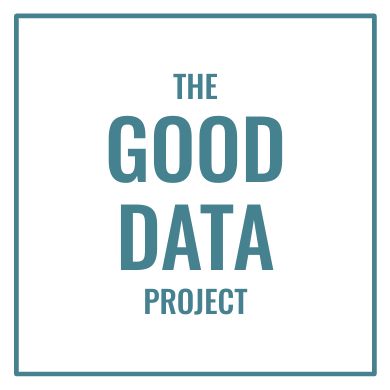Big research firms like Gartner and Forrester almost always create high-quality data graphics. Almost.
When Gartner published a heat map displaying how Chief Marketing Officers allocate budget, they violated the Golden Rule of Charts and Graphs — both deceiving readers and removing important nuance.
Let’s review the graphic above:
1. The table tells a story. Here, the graphic succeeds. Gartner wants readers to know CMOs have shifted focus to channels like social marketing, SEO, and digital advertising. The highlighting in the table makes that fact clear.
2. The table is not honest. Gartner has mislabeled its own chart. The graphic says the “largest increases [are] highlighted.” But while the table highlights cells containing 45% and 46% increases, it fails to highlight that 47% of Financial Services CMOs increased event marketing spending. Why? It seems the designers actually highlighted every cell of 45% or higher, but only up to a maximum of three cells per column — a choice that’s confusing for readers and contradicts the chart’s claim.
3. The table fails to display all the information readers need. Even if Gartner had labeled its data correctly, that wouldn’t solve this chart’s biggest problem. The simple “above or below 45%” approach is pretty blunt: It puts a response of 45% in the same bucket as a response of 60% — but not in the same bucket as a response of 43%. Making a 2-point difference appear bigger than a 15-point difference doesn’t help anyone.
My recommendation: Introduce more groupings to this heat map. In the sample below, I’ve shaded cells containing 55-60% a dark green, cells containing 50-54% a medium green, and cells containing 45-49% a light green. It’s not perfect, but it conveys a lot more information and a lot more nuance than Gartner’s approach.
(And while they’re making changes, Gartner should add a data source, sample, and date to this graphic.)
Think I’m right? Certain I’m wrong? Let me know in the comments below, or on the Good Data Project LinkedIn page or at the Good Data Project Twitter handle.
Want good data delivered to your inbox? Subscribe here.


